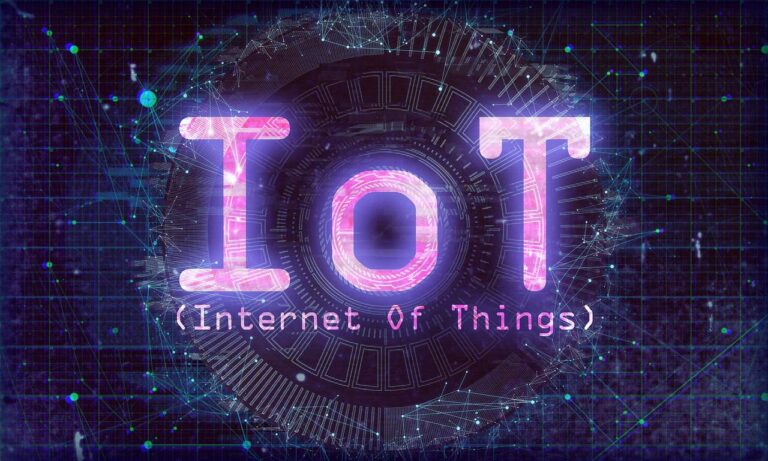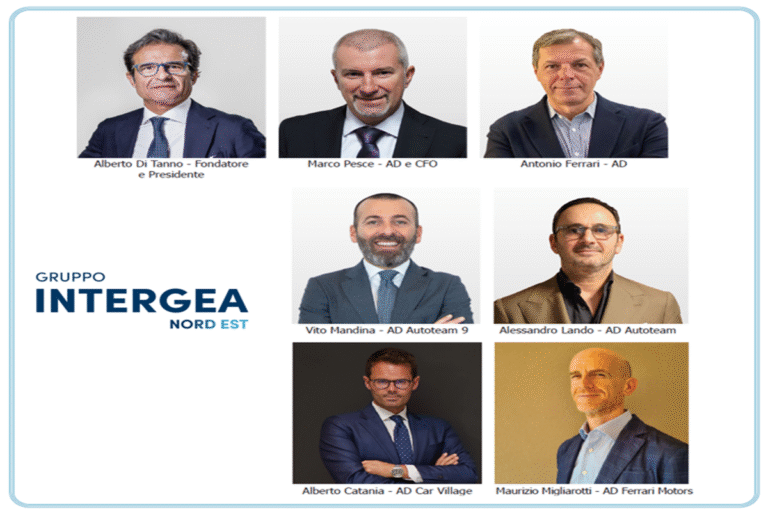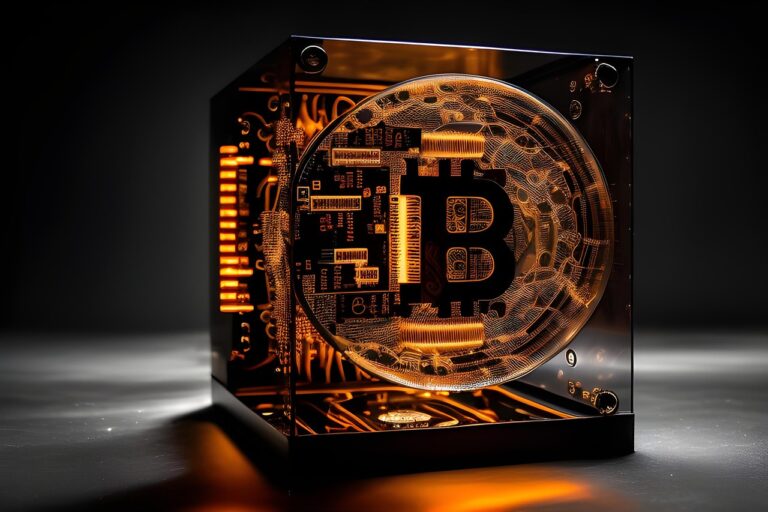The Internet of Things (IoT) is a rapidly growing network of interconnected devices that communicate with each other and the internet to collect and exchange data. It has revolutionized how we live and work, enabling us to automate tasks, improve efficiency, and enhance our quality of life.
IoT has already begun transforming industries from manufacturing to healthcare, and its impact will only grow in the coming years. Here, we will explore the importance of IoT, the technologies that have made it possible, and its various applications.
Table of Contents
Why is the Internet of Things (IoT) so important?
The Internet of Things (IoT) is important because it has the potential to revolutionize the way we live and interact with the world all around us. Here are some key reasons why IoT is so important:
- Automation and efficiency: IoT can automate routine tasks, freeing time and resources for more important work. It can also optimize processes and workflows, reducing waste and increasing efficiency;
- Improved quality of life: IoT can enhance our quality of life by providing new ways to monitor our health, improve our homes, and make our cities more livable;
- Advanced analytics: IoT generates vast amounts of data that can be analyzed to gain insights into everything from customer behavior to weather patterns. This can enable businesses to make more informed decisions and develop new products and services;
- Enhanced safety and security: IoT can help keep us safe and secure by monitoring our homes, workplaces, and public spaces for potential hazards or threats;
- Environmental sustainability: IoT can help us reduce our impact on the environment by optimizing energy usage, reducing waste, and improving resource management.
IoT has the potential to transform every aspect of our lives, making them more efficient, comfortable, and secure. As such, it is a technology that will likely play a huge role in the years ahead.
What technologies have made IoT possible?
Several key technologies have made IoT possible, including:
- Wireless Networking: IoT devices need to be able to communicate with each other and with the internet wirelessly. This is made possible by technologies like Wi-Fi, Bluetooth, ZigBee, and cellular networks;
- Sensors: IoT devices rely on sensors to collect data about their environment, such as temperature, humidity, light levels, and motion. These sensors can be integrated into various devices, from wearables to industrial machinery;
- Cloud computing: The massive amounts of data generated by IoT devices need to be stored and analyzed. This is made possible by cloud computing services like Microsoft Azure, Amazon Web Services, and Google Cloud Platform;
- Big data analytics: IoT data is often unstructured and complex, requiring sophisticated data analytics tools to make sense of it. Technologies like machine learning, artificial intelligence, and natural language processing can help to extract insights from IoT data;
- Security: IoT devices can be vulnerable to cyber-attacks. So technologies like encryption, authentication, and intrusion detection are essential to ensure their security;
- Edge computing: In some cases, processing IoT data locally on the device itself may be more efficient, rather than sending it to the cloud for analysis. Edge computing technologies enable devices to process and analyze data locally, reducing latency and bandwidth requirements.
IoT is made possible by a combination of hardware, software, and networking technologies. They enable devices to communicate, collect data, and share insights in real-time. As these technologies continue to evolve, the possibilities for IoT are likely to expand even further.
Read also: Jobs of the future: data scientist and machine learning engineer, what do they do
What is Industrial IoT?
Industrial IoT (IIoT) refers to using IoT technologies in industrial settings, such as manufacturing plants, oil rigs, and transportation systems. IoT devices are connected to the internet and equipped with sensors to monitor temperature, pressure, vibration, and energy consumption.
IIoT aims to improve efficiency and productivity in industrial settings by providing real-time data and insights into operations. For example, IIoT sensors can monitor equipment performance and send alerts when maintenance is required, reducing downtime and increasing machinery lifespan. IIoT can also help to optimize energy usage, reduce waste, and improve supply chain management.
Another important application of IIoT is predictive maintenance. By analyzing data sensors and other sources, IIoT systems can predict when equipment will likely fail and schedule maintenance before a breakdown occurs. This can reduce maintenance costs and improve equipment reliability, leading to fewer interruptions in production.
What are IoT applications?
IoT applications are ways IoT technology can improve processes, products, and services across various industries. Here are some examples of IoT applications:
- Smart homes: IoT devices can automate and control various aspects of home life, such as lighting, temperature, and security systems. For example, a smart thermostat can learn a homeowner’s habits and automatically adjust the temperature to maximize energy efficiency;
- Wearables: IoT devices can be integrated into wearable technology like fitness trackers and smartwatches. This help monitors health and fitness metrics like heart rate, steps taken, and sleep patterns;
- Healthcare: IoT devices can monitor patients in real time, collect data on vital signs, and provide personalized treatment. For example, a patient with a chronic condition could use a connected device to monitor their blood glucose levels and receive alerts when medication is needed;
- Agriculture: IoT devices can monitor soil moisture, temperature, and other environmental factors that impact crop growth. This data can be used to optimize fertilization, irrigation, and other farming practices, leading to improved crop yields;
- Industrial automation: IoT devices can automate and optimize industrial processes, reducing waste, improving efficiency, and increasing safety. For example, a manufacturing plant could use connected sensors to monitor equipment performance and schedule maintenance before a breakdown occurs;
- Smart cities: IoT devices can improve urban infrastructure, such as traffic management, waste management, and public safety. For example, a city could use connected traffic lights to optimize traffic flow and reduce congestion. It can also deploy sensors to detect gas leaks and other hazards in public spaces.
IoT applications are diverse and far-reaching, potentially transforming nearly every aspect of our lives. As the technology continues to evolve, new and innovative IoT applications will likely emerge in the years ahead.
The Internet of Things (IoT) can revolutionize the way we live
The Internet of Things (IoT) is a transformative technology that will revolutionize how we interact with the world around us. By connecting devices, sensors, and systems to the internet, IoT enables real-time data collection, analysis, and sharing, improving efficiency, automation, and decision-making.
From smart homes to industrial automation, IoT applications are diverse and wide-ranging, potentially transforming nearly every industry and aspect of our lives. As such, IoT is a technology that will likely play an important role in the years ahead, shaping how we live and work for future generations.
Read also: Deep learning, how the technology that is revolutionizing AI works












